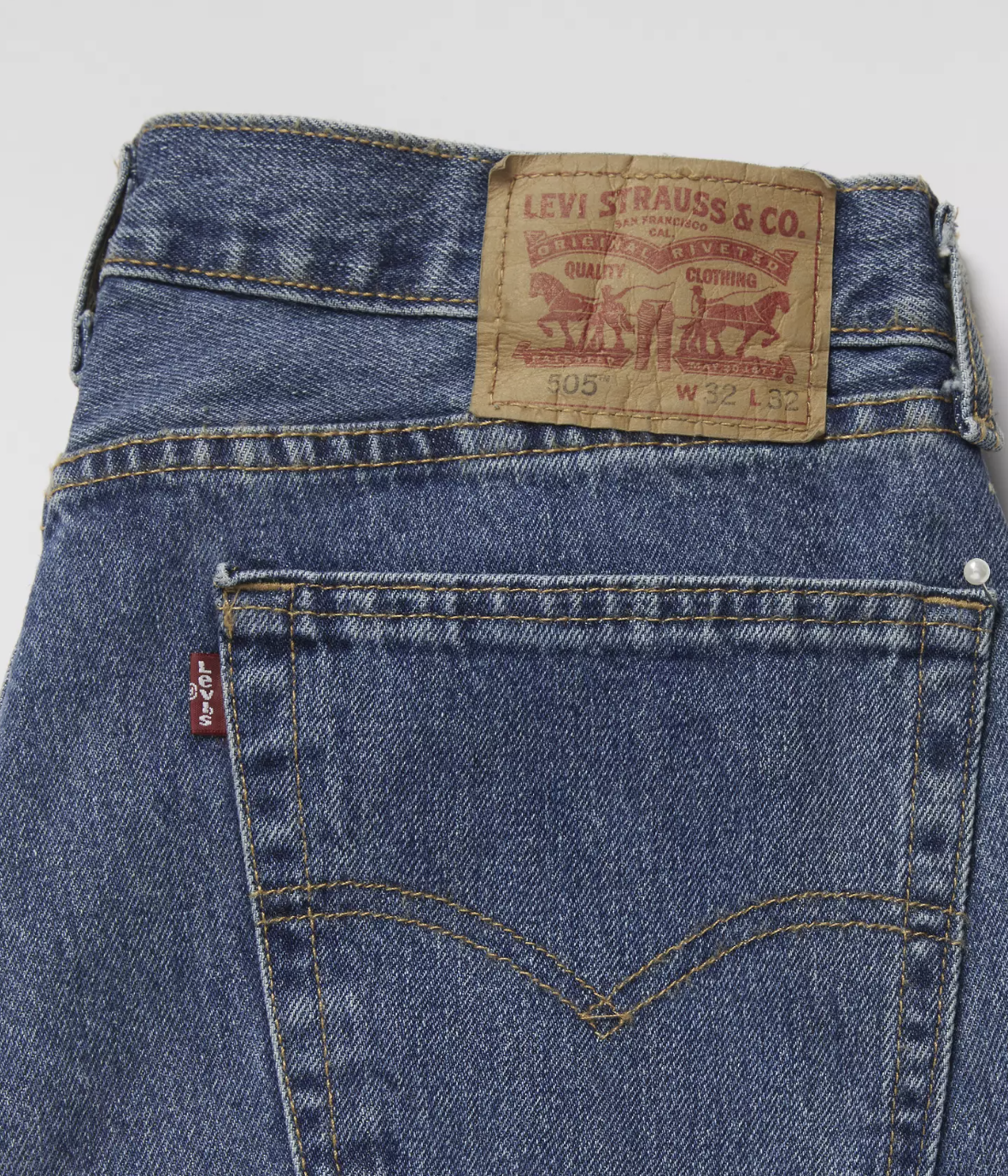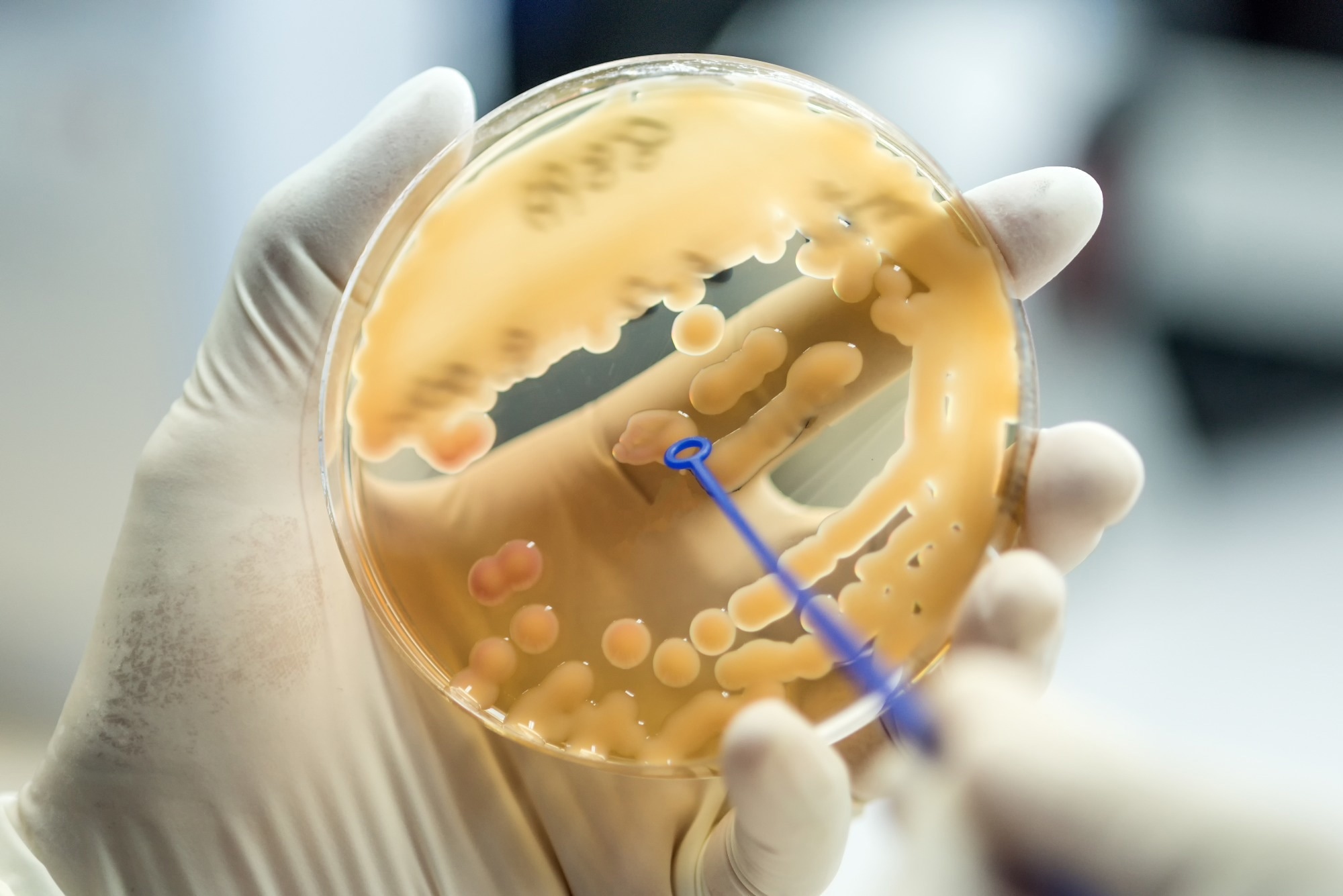In a recent study published in Scientific Reports, researchers investigated whether a cocktail of bacteriophages coding for the depolymerase polysaccharide could effectively disrupt Klebsiella pneumoniae biofilms.
Klebsiella pneumoniae has been linked to several illnesses, including pneumonia, urogenital infection, liver abscess, and bloodstream infection. It is especially harmful to individuals in hospitals, where it can result in ventilator-associated pneumonia or intensive care unit-acquired pneumonia.
The rise of multidrug-resistant and hypervirulent strains, and the capacity to build biofilms on numerous medical equipment, complicates and renders antibiotics useless in treating such infections. The use of bacteriophages to attack Klebsiella pneumoniae biofilms is a viable option.
About the study
In the present analysis, researchers evaluated the effectiveness of previously identified depolymerase-encoding bacteriophages against Klebsiella pneumoniae biofilms.
In vitro, control of antibiotic-resistant Klebsiella pneumoniae biofilms was achieved using a cocktail of three bacteriophages with depolymerase activity. Bacteriophages obtained from sewage water, vB_KpnM_FZ14, vB_KpnS_FZ10, and vB_KpnP12, were employed in the study. In published investigations, the chosen bacteriophages were evaluated in the in vivo setting as part of larger phage cocktails.
Prior work used imaging using a three-dimensional Cell Explorer microscope to undertake an in vitro examination of a Klebsiella pneumoniae strain (Kl 315) cell lysis using a combination of chosen pages in real time. The multidrug-recalcitrant Kl 315 strain of Klebsiella pneumoniae was chosen for the bacteriophage efficiency research.
Before being added to the collection, the Kl 315 bacterial strain was also isolated from an individual suffering from pneumonia, investigated using mass spectrometry, biochemical, and spectrophotometric tests, and examined for susceptibility to antibiotics using the Clinical Laboratories Standards Institute (CLSI) and European Committee on Antimicrobial Susceptibility Testing (EUCAST) standards.
To investigate the characteristics of the phages used in the present investigation, the Kl 315 bacterial strain was cultured using Brain Heart Infusion (BHI) agar as the culture medium for 18 hours to assess biofilm development.
After 24 hours of biofilm development with Kl 315, 0.10 ml of phage cocktail was incubated in a thermostat with 1.0 x 107 plaque-forming units (PFU) per ml of every bacteriophage or only the vB_KpnP_FZ12 bacteriophage for 24 to 48 hours at room temperature.
The effectiveness of a single phage vs. the phage combination in biofilm removal was studied. Optical and scanning electron microscopy (SEM) were used to analyze biofilms. To test the efficacy of a single phage vs. the triple-phage cocktail on Klebseilla pneumoniae biofilms, the vB_KpnP_FZ12 bacteriophage was chosen as the most prolific on Kl 315.
Results
Using the phage cocktail boosted the preparation’s lytic effectiveness and also greatly decreased the phage-resistant form generation risks. Bacteriophage tail proteins showed similarities to bacteriophage proteins with recognized peptidoglycan hydrolase, hyaluronate lyase, and endosialidase domains which degrade polysaccharides.
The titers produced by phage growth in the liquid medium demonstrated that the phages could successfully restrict the development of Klebsiella pneumoniae cultures while also indicating sufficient viral production to attain high concentrations for the final culture analysis.
The bacteriophage lysis in vitro demonstrated that the chosen bacteriophage cocktail could successfully lyse the K. pneumoniae Kl 315 strain planktonic cells and destroy tiny microcolonies adhering to the glass surface.
After incubating for 48-72 hours, the researchers observed cell clusters and chain formation in control slides, common to all bacterial biofilms, whereas only individual cells and tiny colonies were found on the slides to which the bacteriophages were added.
The antibiofilm activities of the bacteriophage cocktail and the vB_KpnP_FZ12 phage were comparable. Scanning electron microscopy yielded similar results. The results showed that single-phage and three-phage combinations with depolymerase activity were successful at controlling antibiotic-resistant K. pneumoniae biofilms.
Complete lysis of K. pneumonia did not occur; however, lysis is difficult to attain using bacteriophages since more intricate pathways regulating bacterial lysis exist even between lytic phages and bacteria, including hibernation, quorum sensing, and transient resistance.
Researchers have discovered naturally vulnerable but phenotypically antimicrobial-resistant bacterial subpopulations; the existence of persistent bacteria in the microbial community may also impact phage infection.
Conclusions
Overall, the study findings showed that the bacteriophage cocktail could successfully disrupt Klebsiella pneumoniae biofilms.
Even though a bacteriophage was as effective as the triple-bacteriophage cocktail in disrupting biofilms, bacteriophage combinations are advocated for therapeutic use to prevent resistance to bacteriophages and improve bacteriolytic effects by widening the range of phage hosts and expanding the target pathogen spectrum.
The findings emphasized the possibility of using the chosen phage cocktail in the early-stage treatment of various medical devices to avoid biofilm development. In those circumstances where full eradication of biofilms and bacterial colonization is required, combined phage-antibiotic treatment may be a viable option.







